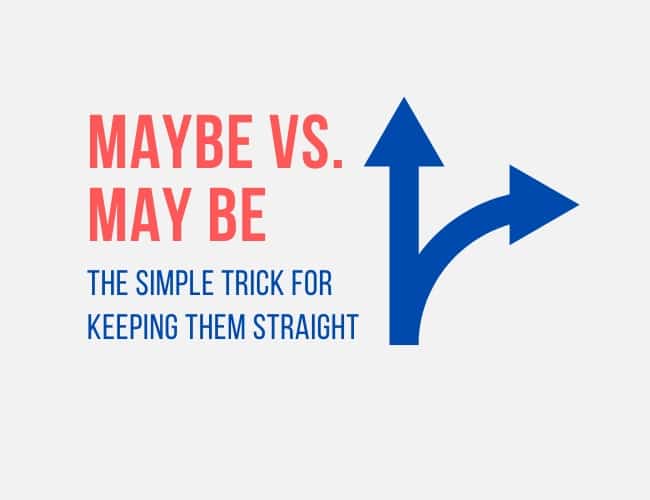
by Joe Bunting |
Maybe and may be are both used to discuss possibility. However, they are different, with the main difference between these two words being that they are two different parts of speech.
As you may remember from elementary school, there are nine different parts of speech. Let’s look at how to distinguish between maybe and may be.
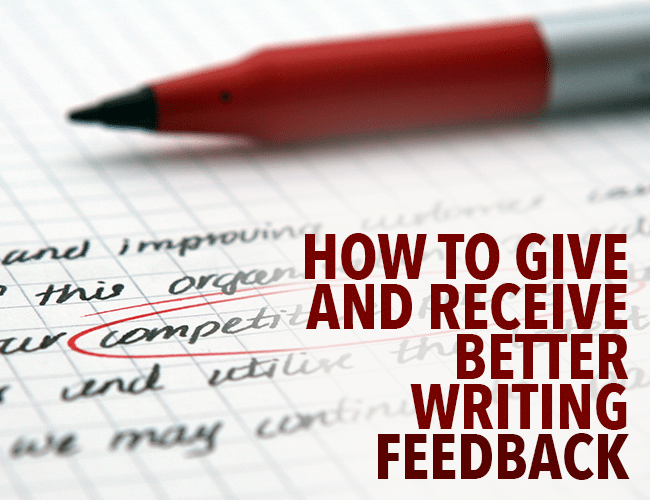
by Sue Weems |
A little over ten years ago, I had almost a decade of English teaching experience, a couple years paid freelance writing work, several creative writing university courses under my belt, and a few small publications in poetry and nonfiction. A friend’s mom, Mae, had written a query letter for her second novel. She asked me to read it and give her some writing feedback. What could go wrong?
When Mae asked, I had not attempted to write an entire novel or a query letter. I had read thousands of novels and a few letters, but I had not studied the structure and requirements of each. I assumed writing was writing. Surely with a degree in English and a little experience, I was qualified to give good feedback?
Nope. Not even close.
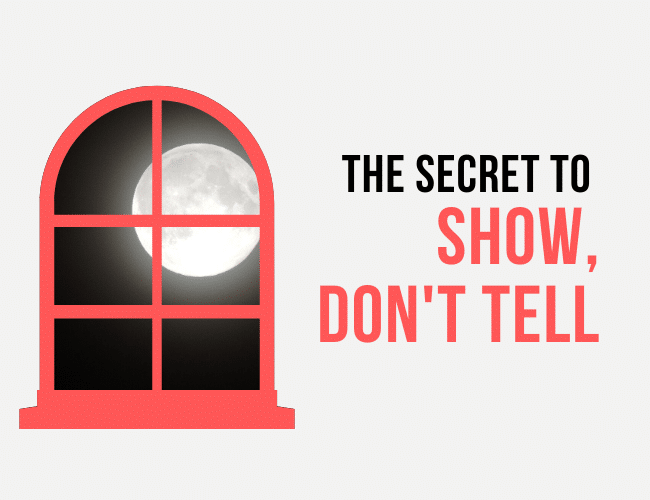
by Joe Bunting |
You’ve heard the classic writing rule, “Show. Don’t Tell.” Every writing blog ever has talked about it, and for good reason.
Showing, for some reason, is really difficult. Yet, it’s also one of the most important writing techniques you need to master if you want your own writing stand out.
Telling is one of the hardest habits to eradicate from your style. I still struggle with it regularly. However, writing that shows is so much more interesting than writing that tells. Most of the time.
In this article, you’ll find the definition of “show, don’t tell,” see several show don’t tell examples, and learn the one simple trick to strengthen your writing style.
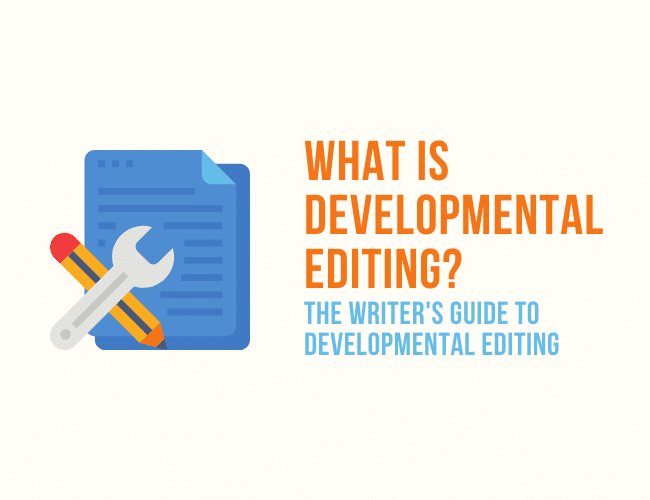
by Alice Sudlow |
You’ve written a book. Congratulations! But wait . . . now what? What do you do with your manuscript? How do you turn it from a rough draft into a publishable book? The next step is to get professional developmental editing. A developmental editor will help you take your rough, unpolished ideas and turn them into an amazing second draft.
If you’re new to the world of editing, though, the term “developmental editing” might sound a little confusing. What is developmental editing? What makes it different from other kinds of editing, like line editing, copy editing, or proofreading?
Here’s everything you need to know about developmental editing, including how to find the best editor for your book.
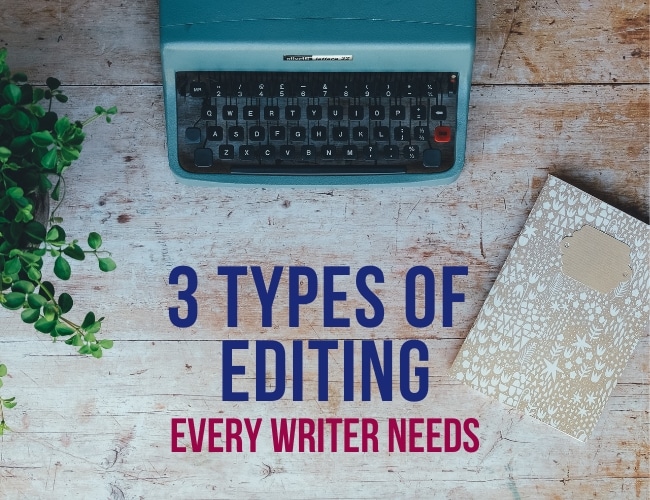
by Sue Weems |
A few months ago, I posted an article about avoiding clichés here on The Write Practice. The (bland) title I proposed was “How to Avoid Clichés.” The published title read: “How to Avoid Clichés (Like the Plague).” I grinned when I read it and said another thank you to a quiet hero of the publishing world: our editor.
She amped up the title with a clever twist that sounded just like me with my penchant for parentheses. Editors are invisible heroes in the publishing world, and knowing what they do can help you through every stage of your journey.
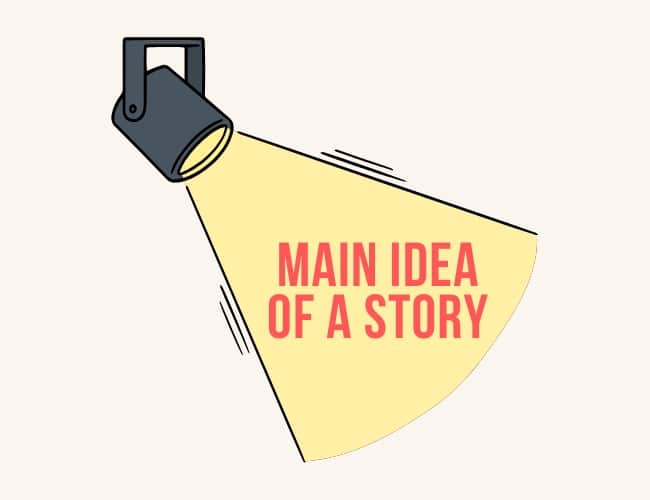
by Guest Blogger |
So you’ve been handed a passage and have to find the main idea of a story. But you have no idea where to begin and it’s starting to look like one large block of text. Never fear! Today we’ll look at how to find the main idea of a story and why it matters for learning and writing.








